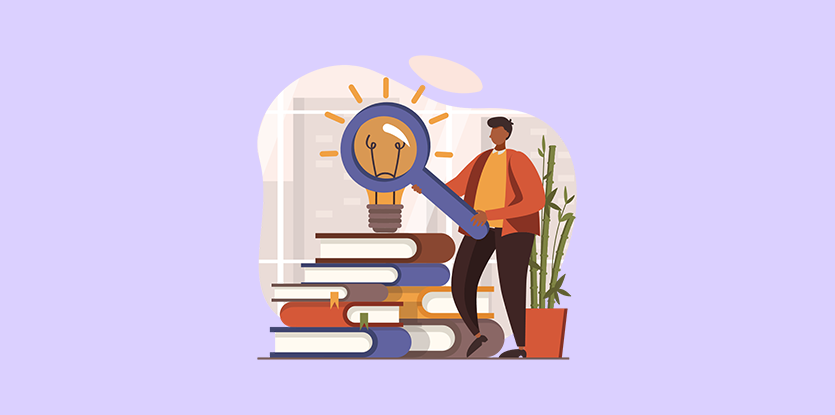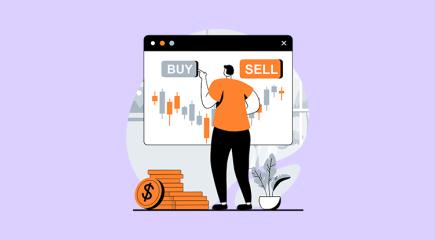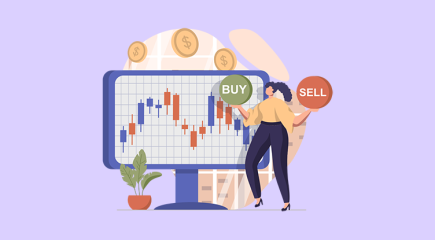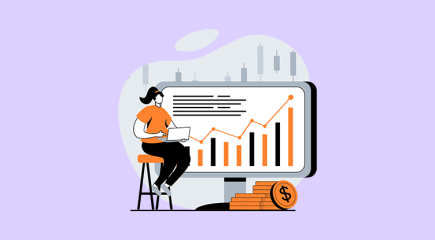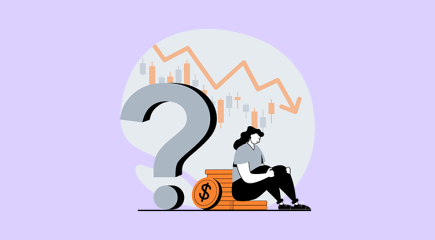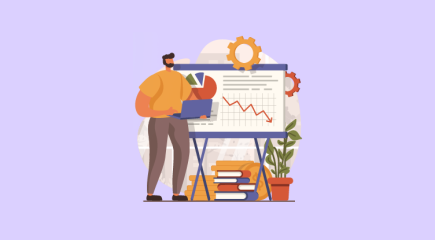When you have a high probability of winning a trade, do you want to bet a little, or do you want to bet a lot?
It really depends on several factors:
- What are your chances of winning?
- What is the payout if you win?
- If you do lose, can you absorb the loss?
You don’t want to beat the house on anything, no matter how high the probably, as the ramifications would be too significant if you do lose.
The fact is, even high probability situations don’t always work, so being smart about how you approach any trading opportunity is essential. The 90s comedy Swingers highlighted this nicely. The main character Mikey wants to act like a big man and mistakenly makes his way to a blackjack table above his comfort level. On his first hand, he gets dealt an 11 against a dealer’s 2. Anyone who has played blackjack would know this is a premium hand and a prime double-down opportunity.
A double-down in blackjack is when players can double their bet before the dealer gives them another card. Here the player places another bet equal to the first. Then, the dealer will give the player only one card. The goal is to get as close to 21 as possible without going over, so an 11 is the strongest double-down hand as there are more 10s in the deck than any other number. The probability of getting a 10 and thus achieving a 21 is high.
It’s even better when the dealer has a weak hand, so if the player misses their 10, they still have the opportunity to win if the dealer busts.
However, just because you have a high probability of winning, it will not always happen.
See how it worked out for Mikey:
Another factor that you need to consider is the payout rate. Does it pay one-to-one, meaning if you bet $100, you make $100? Or do you make something more?
What if you had a 50/50 chance to win, but for every $100 you get, you made $150? That would still be a promising opportunity. Imagine if you could do that 1000 times in a row. You would likely lose half your bets, costing you $5000, but the other half you would win, gaining you $7500.
This makes sense as numbers tend to average out over the long run, but typically you will not find an abundance of the types of opportunities. You tend only find them once in a while. Meaning, with a small sample, even if the payout is good, if you lose, what the payout would have been if you won is really not very important.
However, what if you are able to find a situation where the probability of winning is strong, and if you do win, you will get paid many more times on your money.
Finding these situations can be difficult, especially in the market. If it were easy, everyone would be doing it. They usually only exist if specific elements come together, which include being hated, cheap, and just at the start of an uptrend.
When stocks are hated, they naturally become cheap, but just how cheap they will get is anyone’s guess. Hated stocks usually don’t have quick turnarounds. They stay hated for long periods, but they turn around at some point, just after they reach their peak hated moment.
This is why we wait for the stock to turn around and start its uptrend before investing with options. If we are able to find one of these situations where the stock is hated, cheap and at the start of an uptrend, these situations often allow us to make a massive return on our investment.
When you find investments that are hated, cheap, and in the beginning phase of an uptrend, you not only have a high probability of winning, but once the herd takes notice and jumps on board, the profits are often substantially greater than the initial investment.
We find those hated stocks that are setting up for a big uptrend. If you want to learn how we do it get the Option Strategies Insider beginning options trading course and take your investing game to the next level. Our pros are here to make sure you understand what it takes to succeed in this game.
